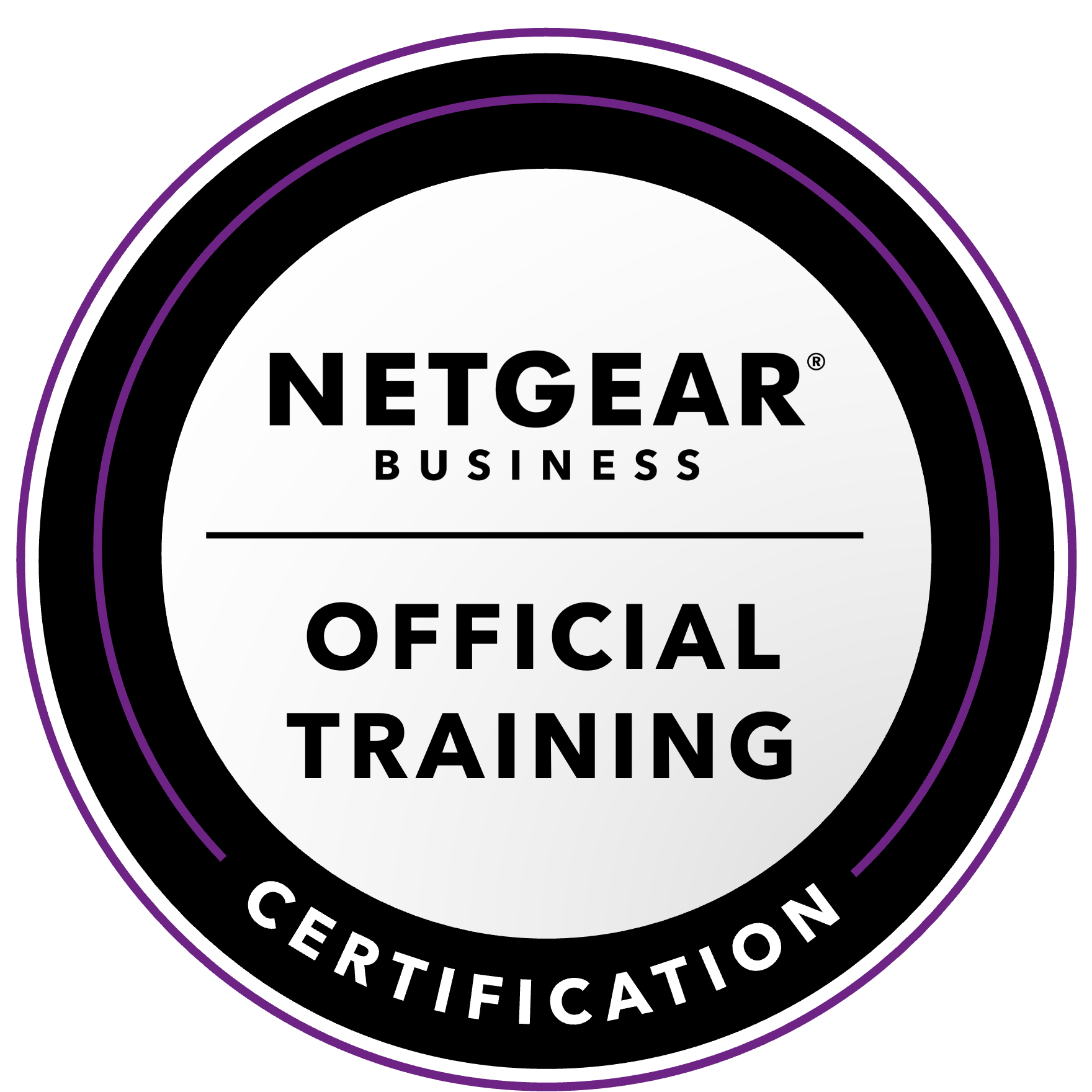NETGEAR is aware of a growing number of phone and online scams. To learn how to stay safe click here.
Forum Discussion
NikkD
Dec 23, 2018Aspirant
Readynas duo Powers down and wont start after installing Hard Drive
I recently purchased 3 readynas duo rnd2110v2 devices from an auction. They came with no drives so i purchased a 1TB Seagate Barracua ST1000DM010 3.5 IN SATA HD.
Now the devices power up fine without the drive but the will not power up oncew the the drive is installed? Any ideas? could the drive not be compatible?
NikkD wrote:
On the front side, bottom right it states "ReadyNas Duo"
Then underneath it states ReadyNas followed by a sticker that says "RND2110" followed by V2
Ok. So that is a sparc platform, which we call a Duo v1 here. The v2 means it is hardware revision 2 (of the Duo v1). It is confusing, Netgear could have done a better job on the branding and platform identification.
12V~5A is the correct spec for the power adapter.
While it could be the adapter, I am thinking it is more likely to be a dead-on-arrival disk. If you have a spare disk available (2 TB or less) you could try that.
13 Replies
Replies have been turned off for this discussion
- StephenBGuru - Experienced User
Try installing RAIDar, and see what status it provides on the NAS. https://kb.netgear.com/20684/ReadyNAS-Downloads
The duos should be compatible with the seagate - I am wondering if the used duos were defective.
- NikkDAspirant
Hi and thanks for the responce. I did install raidar and when its powered up it finds the nas on the network with no disks. Obviously with the disk in it wont power up.
Its something to do with the disk I belive, I did find an earlier post thats someone had the exact same problem and talked about using jumpers on the disk but didn't go into too much detail, So I'm not quite sure. I am guessing its a compatability issue with the HD
- StephenBGuru - Experienced User
It's been a very long time since I needed to change jumper settings on a disk (don't think I've ever needed to do that with a SATA drive).
It's far more likely that the disk is defective. Try testing it in a Windows PC with Seatools.
Another possibility is that the power adapter on the Duo is failing, and isn't providing enough power for the drive+NAS. It could also be a chassis failure. Though if you've tried the disk in all three Duos (with all three power bricks), then those possibilities seem very unlikely.
- Retired_Member
Hi NikkD, you could try to limit the speed of the drive to 1.5GBits/sec instead of leaving on autonegotiation for speed.
You could do that as follows:
Look at the interfaces of the drive in a way, that you see the following sequence from left to right
- Jumper block
- SATA interface connector
- SATA power connector
The jumper block has 4 pins and there should not be any jumper for "normal" operation (3GBit/sec in this case)
Now put a jumper to pins 1 and 2 from the left to restrict the speed to 1.5GBit/sec and let know how it goes.
Source1: https://www.seagate.com/staticfiles/support/disc/manuals/desktop/Barracuda%207200.11/100452348g.pdf
Search for "jump" in both sources.
Aah, the disclaimer: don't blame me if you kill your drive or nas or both, sorry :-)
Merry x-mas and kind regards
- StephenBGuru - Experienced User
Retired_Member wrote:
Hi NikkD, you could try to limit the speed of the drive to 1.5GBits/sec instead of leaving on autonegotiation for speed.
I have SATA-III drives in my Duo (one Seagate, one Western Digital), and they work fine with no jumper changes. And plenty of folks are using Barracudas in these NAS.
Fiddling with the jumpers will just slow down the troubleshooting, and perhaps create more issues.
Related Content
NETGEAR Academy

Boost your skills with the Netgear Academy - Get trained, certified and stay ahead with the latest Netgear technology!
Join Us!
